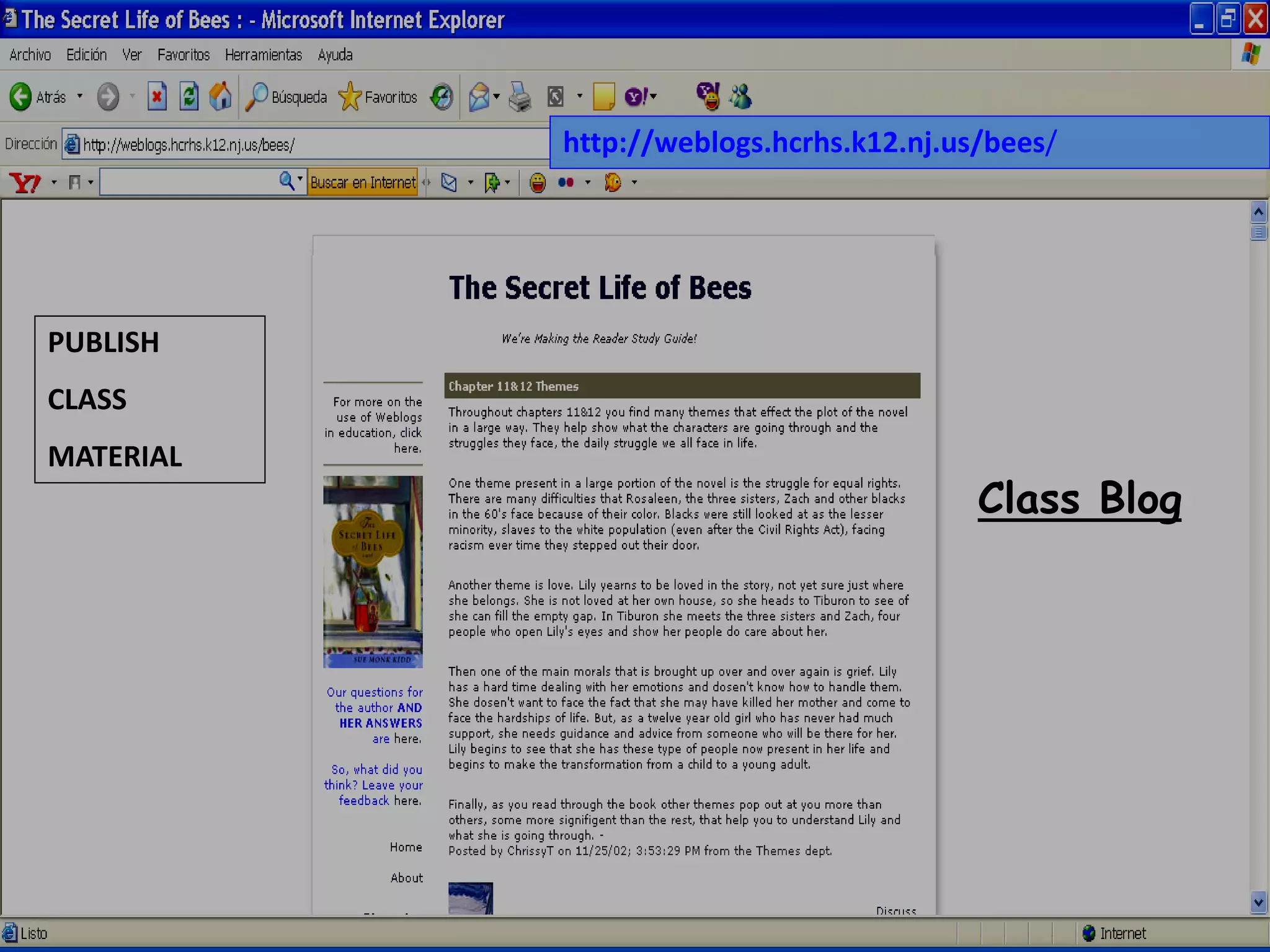The document discusses the evolution of the World Wide Web and how technology is advancing language teaching. It describes Web 1.0 as the static read-only web, Web 2.0 as the dynamic read-write people-centric web, and defines Web 3.0 as the semantic executing machine-centric web that will allow machines to understand information. It provides examples of tools for Web 3.0 like social networking, blogs, wikis, image sharing, social bookmarking, and mashups that can help develop English language skills through listening, speaking, reading and writing.


















































